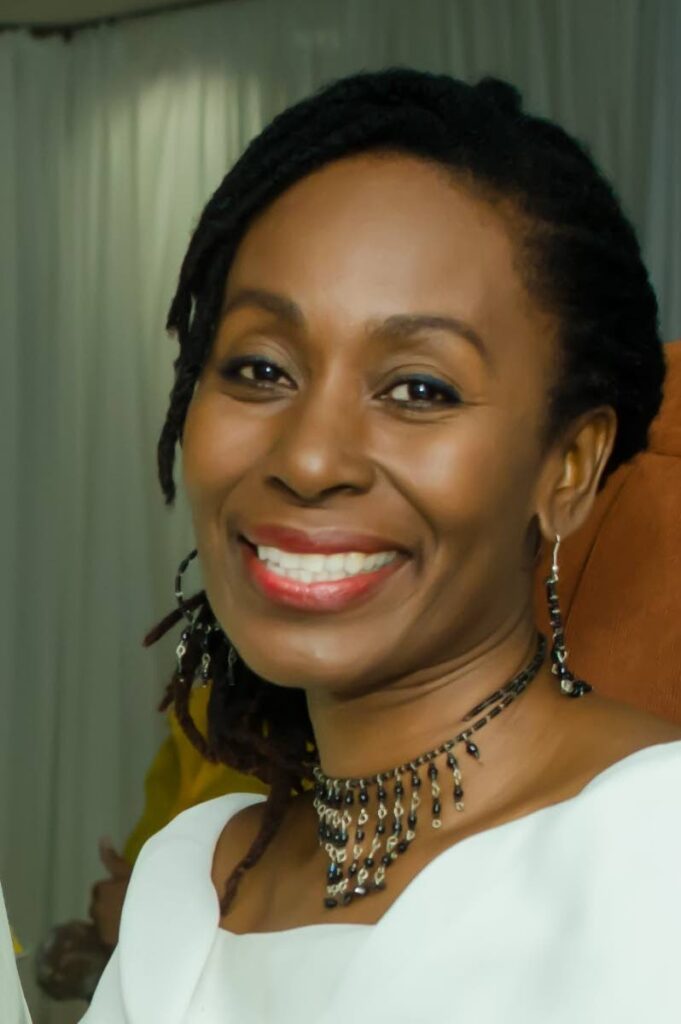Traditional Carnival masquerades need context

Dara E Healy
Ah talking loud and clear
Ah want dem tief to hear
We gotta settle ah score
So prepare for war
Ah want back me Carnival
Just as before
– Black Stalin, De Jam
TO BE CLEAR, Carnival of the ordinary people was always about competition, mockery of upper classes and battle. As Errol Hill writes, these elements along with the “desire to excel all others in perfection of representation is the keynote of the Trinidad Carnival.” Ritual and spirit were also critical.
In the early hours of "Jouvay" (J'Ouvert) morning, folklore beings such as soucouyant, la diablesse and lagahoo walked the darkened streets, calling out to each other, summoning the Carnival jumbie. This is their context – rebellious, unpredictable and connected to the spirit world. So, although we attempt to fit traditional masquerades into modern events, unless we approach them with complete understanding, they will "capsize" everything as they have done on many occasions, as they did recently in London.
It is good that event organisers are more conscious about integrating traditional Carnival masquerades into their activities. However, mistakes continue to be made, by organisers and by the people who portray them. Perhaps a large part of the problem is the fact that we call them "characters," a word associated with performance and impermanence. An actor gets into character to portray a temporary manifestation of another person. Many of our traditional Carnival masquerades and folklore beings are from ancient African masking rituals and practices.
After emancipation, some 9,000 Africans settled across our islands as indentured workers. Many were Yoruba, so our Carnival traditions are largely influenced by these peoples. For instance, the pierrot is an egungun or ancestral masquerade from the Ifa/Orisa (non-English spelling) belief system of the Yoruba.
The stick that the egungun hold, an "ison" (ee-shor), is usually placed on an ancestral table. The clothing and covering of the face allow the wearer to commune with those who have transitioned. Even the term transition refers to the belief that death does not disconnect us. That is, we can communicate with our ancestors and call on them for support; often, you will hear people say that a child is an ancestor that returned.
Egungun masquerade exists throughout the African-Caribbean diaspora. In Jamaica, they are called pitchy-patchy or jonkonnu; in the Bahamas, junkanoo. "Ja an kunu" is a Kikongo phrase meaning realm of the spirits.
After colonial laws effectively banned pierrot masquerades, the pierrot grenade emerged among immigrants mainly from Grenada. They reimagined the traditional costuming, dressing in burlap and other less colourful materials. Jeff Henry notes, however, that these "pay-wo grenade" maintained the satire and irreverence of the pierrot, speaking in patwa (patois) to avoid being arrested or beaten by police. The plural of pierrot is pierrot.
The dame Lorraine is another ancestral masquerade whose face is covered. The portrayal is influenced by the gelede masquerade of Yoruba and Benin traditions. These celebrate women, their fertility and mastery of herbal medicines. They also acknowledge women’s ability to connect human and spirit realms. A Sydney Hill photo from the 1930s shows a man dressed in full dame Lorraine costume. This practice was not primarily about cross-dressing, but rather offers men a vehicle for celebrating women.
The jab (diable, devil) molassie masquerade is not about terrorising spectators in the streets. The effect of the masquerade is terrifying, but that is because the screaming, the fire, black body paint, crawling on the ground and all the rest are channelling the trauma of centuries of enslavement. Africans regularly fell or were thrown into vats of boiling molasses as punishment. The jab molassie (different from jab jab) is therefore outward looking, not a reflection of the evil nature of the person doing the portrayal. It forces us to ask, who really is the devil?
Before including traditional Carnival masquerades in your events, determine which ones you would like and why. Ensure that they are presented with context by providing information about them during the programme. Educate yourself. Accurate information is available at the National Heritage Library and in texts by local scholars. Notice I did not say online.
And finally, traditional masquerades do not need to be made more shiny or sexy. They are exactly what they were meant to be and are still relevant to the needs of society. We should have learned by now that it is impossible to control spirits, so leave them alone. Ah talking loud and clear.
Dara E Healy is a performance artist and founder of the Indigenous Creative Arts Network – ICAN


Comments
"Traditional Carnival masquerades need context"